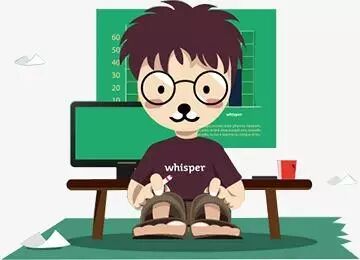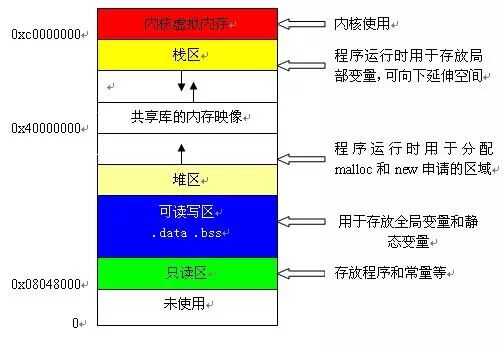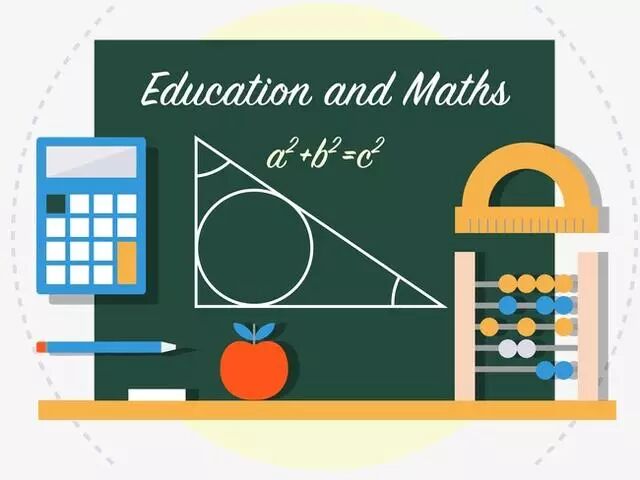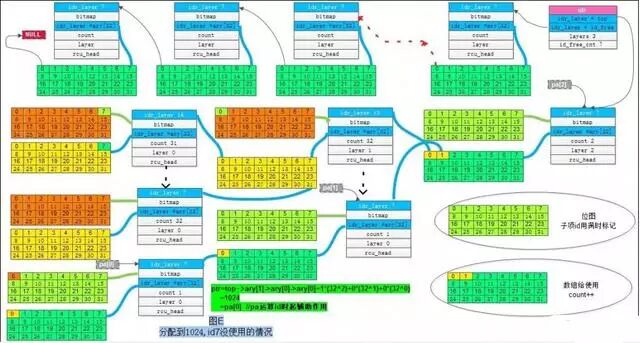
Many beginners feel that learning C language becomes impossible halfway through, as they encounter several tough challenges that they cannot overcome. Consequently, many conclude that C language is too difficult and too close to the hardware level, especially those tough challenges that are hard to understand, making it difficult to proceed.
Today, let’s discuss the three toughest challenges and see what they are.

Pointers are widely recognized as the most difficult concept to understand, and they are a direct reason many beginners choose to give up.
Pointers are difficult to understand because they are a special type of variable that stores addresses. This address requires allocated space to hold data, and since it is a variable, it can be reassigned, which confuses many learners. The appeal of C language for many experts lies in the flexibility of pointers and their high execution efficiency, which can also be overwhelming for beginners.
Pointers are an unavoidable topic in learning, and after mastering C language, the next step is usually to transition to data structures and algorithms, where pointers are crucial. If one cannot grasp pointers, it becomes challenging to progress, often discouraging further learning.
Pointers directly interface with memory structures, and common issues like pointer mismanagement and array out-of-bounds errors stem from memory problems. There is an infinite scope for exploration with pointers, and many programming techniques converge here.
Pointers also involve memory allocation and deallocation; failing to release memory in a timely manner can lead to memory leaks. While pointers are efficient and useful, not fully understanding them can be a nightmare for some.

The concept of functions, the basic unit of procedural programming, along with function pointers and pointer functions.
A function is a block of business logic, the smallest unit of procedural programming. During the execution of a function, how parameters exchange data, how to pass data out, and how to design a reasonable function are all important considerations. It’s not just about solving a single functionality but also about reusability to avoid reinventing the wheel.
Function pointers and pointer functions may seem interchangeable at first glance, but they have entirely different meanings. A pointer function is easier to understand as it is a function that returns a pointer. Function pointers are primarily used in callback functions, and many find callback functions even more confusing. In simple terms, a function pointer is a pointer variable that points to a function, which brings us back to the pointer concept. Without a solid understanding of pointers, advancing further becomes particularly difficult.

Structures and recursion.
Many students studying C language in university do not complete the course and miss learning about structures, as they are often covered in the latter part of the curriculum. This leads many students to believe that structures are unimportant. If one is only aiming to pass exams or obtain a diploma, the significance of learning structures may seem minimal.
However, for those looking to enter the programming industry, a lack of understanding of this concept makes it nearly impossible to construct data models. No business entity can be fully realized using only primitive data types. Many experts begin by organizing the structure data from header files before designing the parameters and names of functional functions, and only then do they start writing C source code.
From a space-saving perspective, the order of data within a structure can affect the memory it occupies. When assigning between structures, if a structure contains pointers, special attention must be paid to deep assignment.

Recursion is generally used to count or list data from start to finish. Many beginners find it awkward to understand how a function can call itself. It is crucial to set a proper exit condition; otherwise, it can lead to an infinite loop.
These three tough challenges are stumbling blocks in learning C language. By overcoming them, the main arteries of C language learning can be cleared, making it relatively easier to learn other topics. The more painful the learning process, the more one learns. Overcoming these challenges will enhance one’s skills, and giving up means losing all the time invested. The more difficult the language, the more rewarding it becomes after mastering the basics. Have you become addicted to it, or have you given up?
C Language Programming Series (Click the red text to enter directly)
1. What can you develop after learning C language?
2.The essence of C language for beginners
3.What level of C language knowledge is needed to work on projects?
Share your programming story, directly add the editor’s WeChat: coderonline
Follow the WeChat public account: Programmer Interaction Alliance (coder_online)
-
Input the keyword mn to get programming learning methods
-
Input the keyword Programmer Life to learn about the life of coders
Experts in (Java/C/C++/Linux/Android) are here to help you solve problems and interact together
